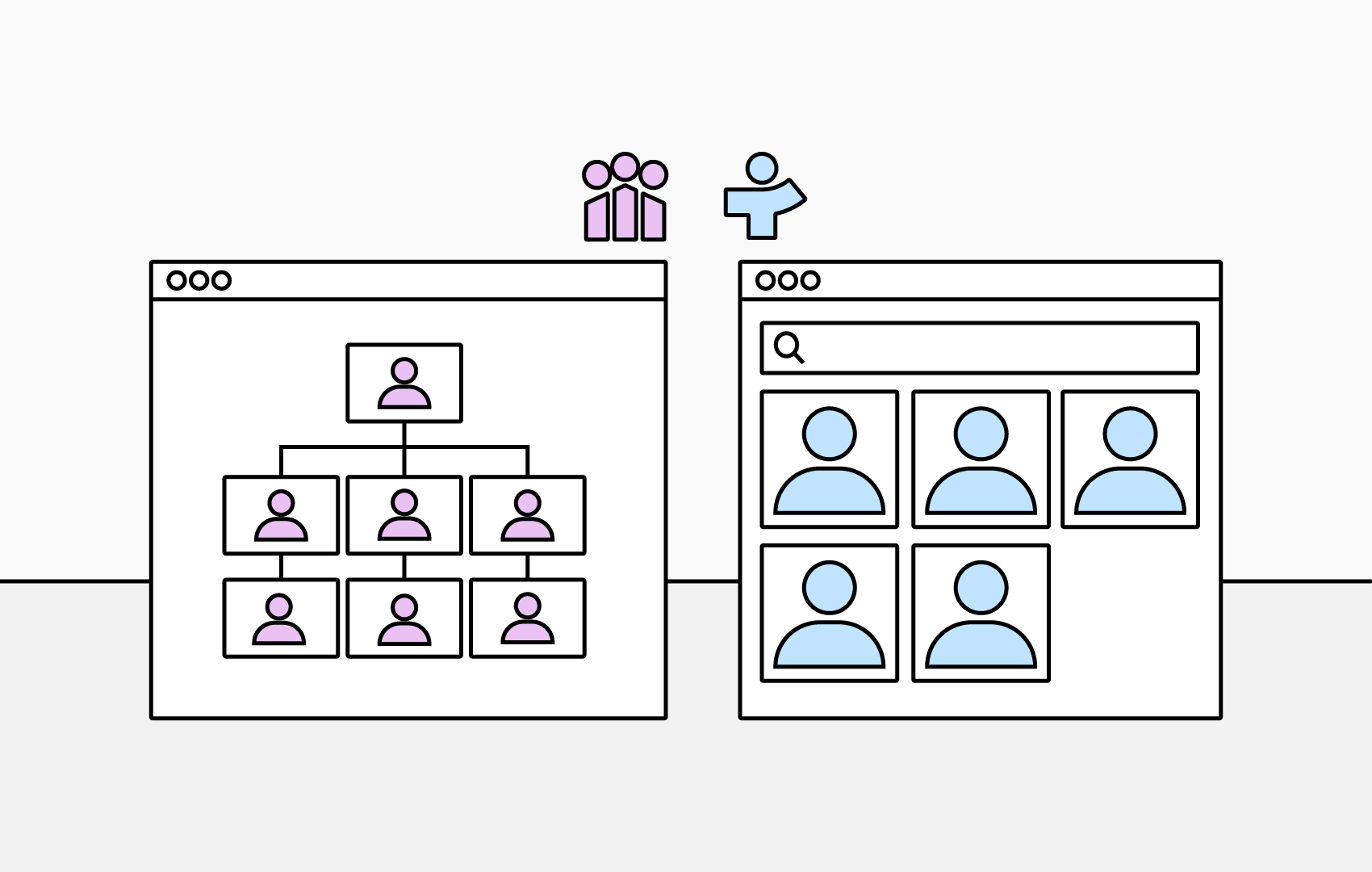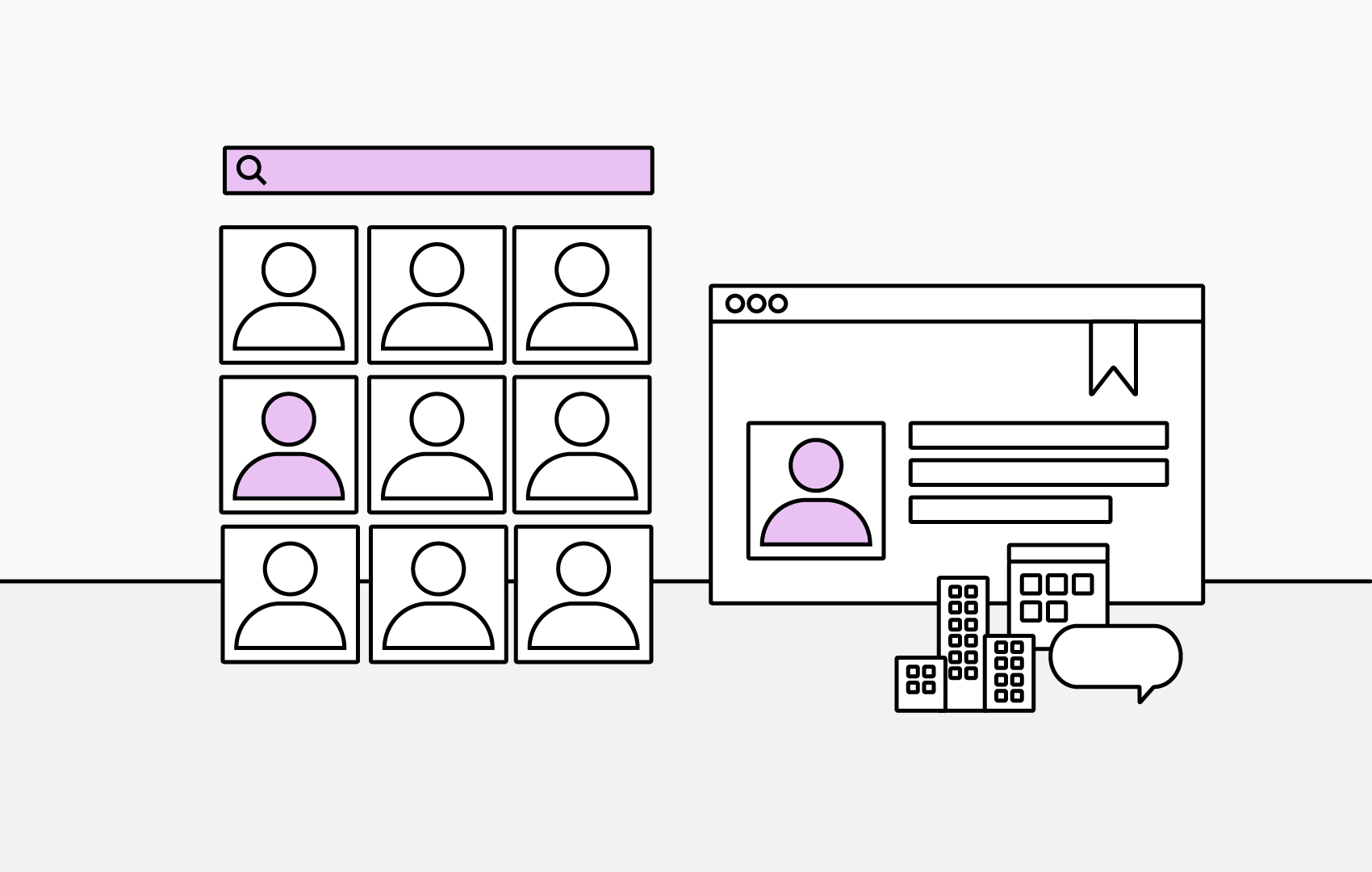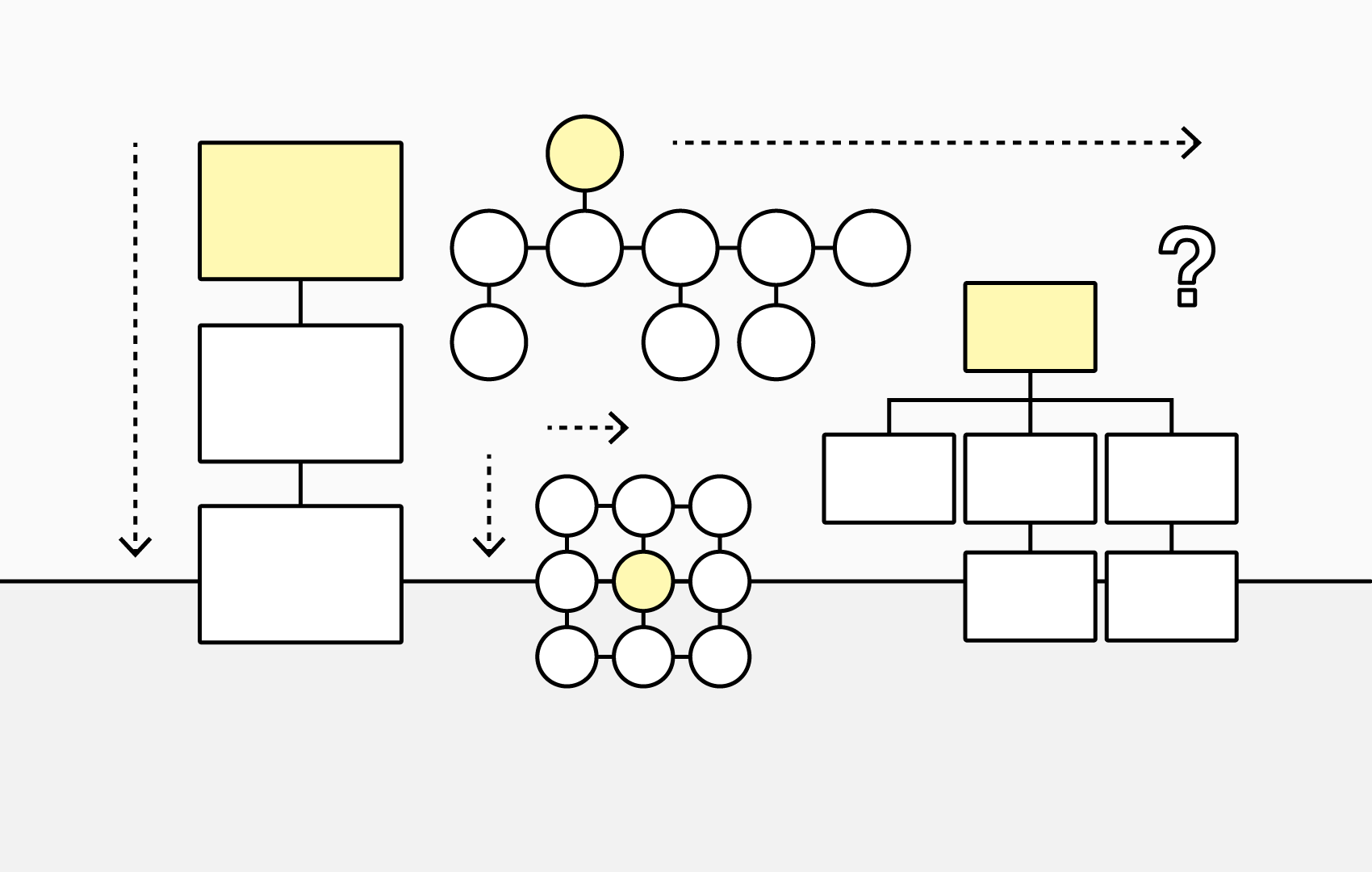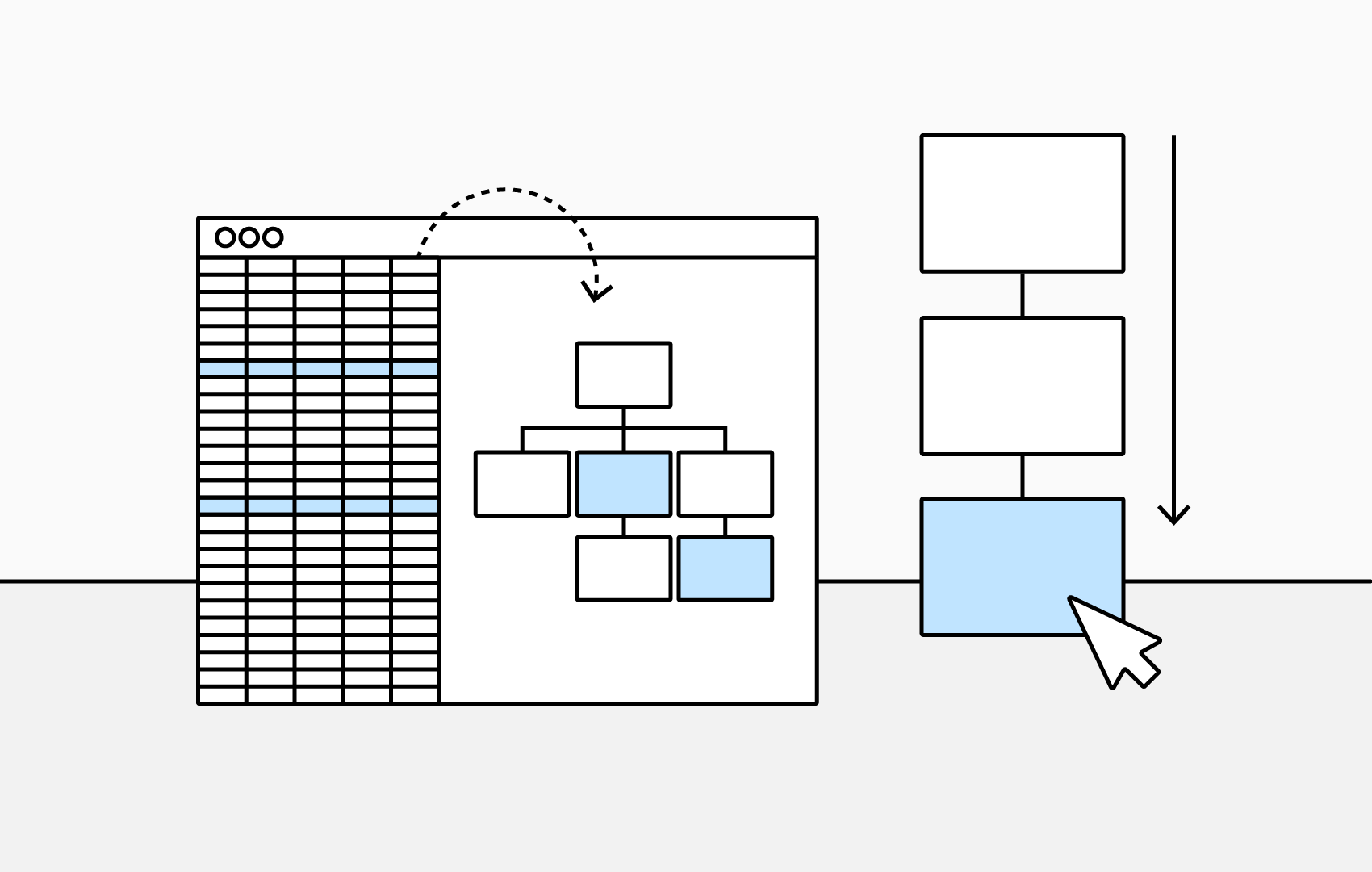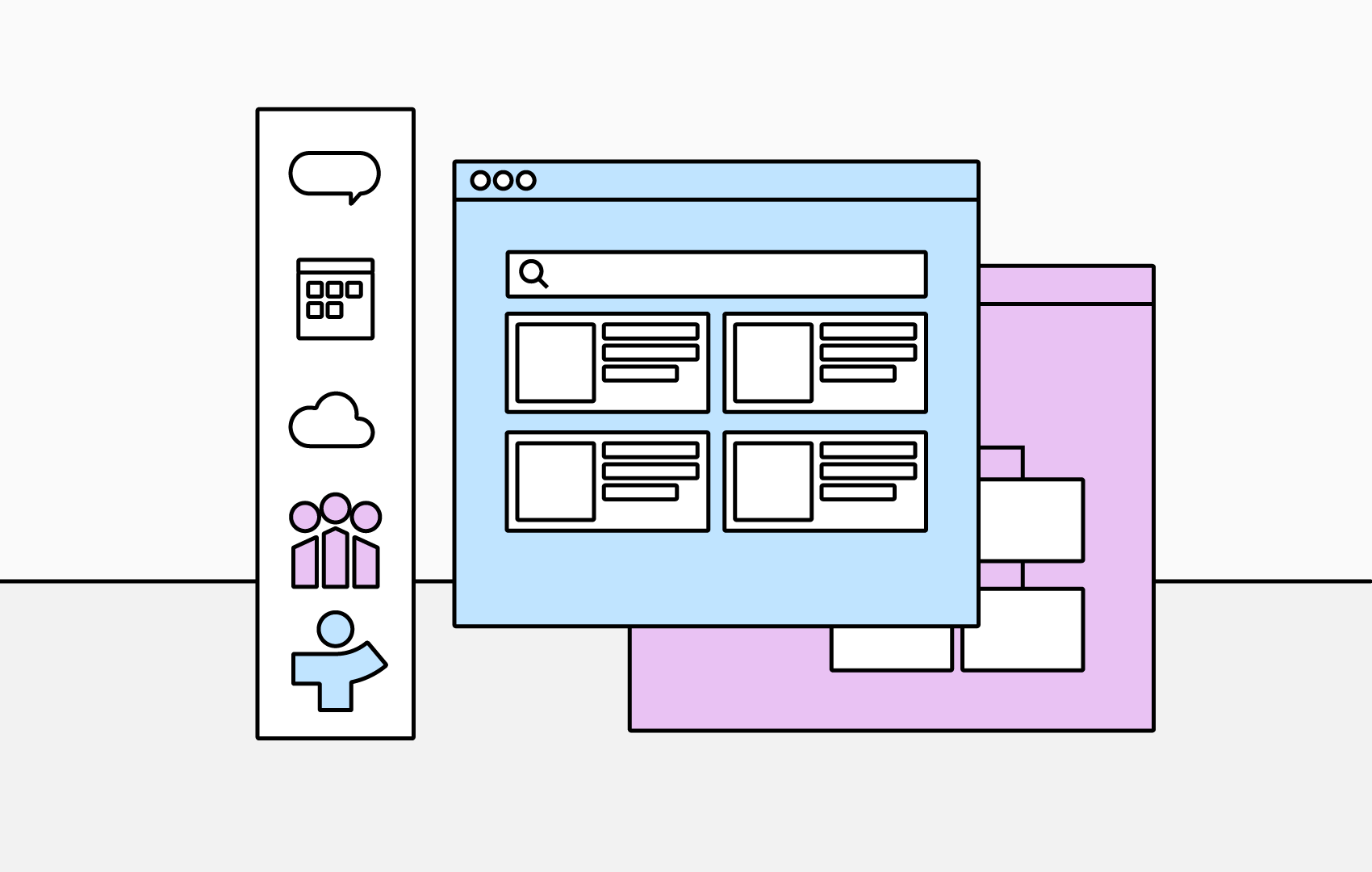Employee Directory vs Org Chart - Do You Need Both?
Directories and org charts may look to serve similar roles. But we explore how these two important management tools differ and why each matters.
Modern organizations are rarely static. Hybrid work, changing teams, and fast-evolving projects mean that people need to locate colleagues and understand reporting relationships quickly.
On the surface, an employee directory and an organizational chart may appear to solve the same problem, both tell you who works in the company, but they do so in very different ways.
What Does an Employee Directory Offer?
A dynamic employee directory acts as a single source of truth for staff data. TeamDirectory is designed to help people search through this data quickly and provide easy access to the employee information you need.
Key features often include:
- Search: Quickly locate employees by name, role, department, or other custom attributes.
- Categories: Organize staff into groups that suit your organization, such as departments, locations, or project teams.
- Filtering: Narrow search results using specific criteria like job title, office, or skills.
- Employee Profiles: View detailed contact information, roles, and other relevant employee data in one place.
- Automatic Data Syncing: Keep employee information up to date by integrating with your existing HR and IT systems.
What Does an Org Chart Provide?
An org chart visualizes the hierarchy of your organization. Instead of displaying people as a flat list, it shows how roles and departments connect, who reports to whom, and where there are gaps.
TeamOrgChart enables you to create charts from a range of data sources (including Microsoft Entra ID, SharePoint, and Excel) and customize them to match your organization’s needs.
Key features often include:
- Clear Hierarchy: Display reporting lines and view organizational structure at a glance.
- Navigation and Bookmarks: Move easily through large org charts and save frequently accessed sections.
- Customization and Styling: Adjust colors, layouts, and branding to suit your organization’s visual identity.
- Filtering and Conditional Rules: Show or hide specific roles, departments, and change styling based on certain conditions.
- Handling Vacancies and Temporary Positions: Indicate open roles, interim appointments, and employees working across multiple teams.
- Scenario Planning: Model potential structural changes before implementing them.
- Automatic Data Syncing: Ensure the chart always reflects the latest data from your connected data sources.
How Are They Different?
The core distinction comes down to focus:
The directory is designed for finding and contacting people.
A directory answers: “Who is Paul, and how can I reach him?”
The org chart is built for understanding the structure those people are part of.
An org chart answers: “Where does Paul sit in the organization, and who does he work with?”
Do You Need Both?
For small teams with informal structures, a searchable directory may be enough. However, as organizations grow, hierarchical context becomes essential.
Questions to consider:
- Is your organization growing or restructuring often?
- Do you need to plan “what if” scenarios for reorganizations?
- How important is self-service and data accuracy?
- Do you need to highlight temporary roles or vacancies?
- Would integrating both views save time and reduce confusion?
While each tool excels in its own area, the two can complement each other. Many modern platforms, including TeamOrgChart and TeamDirectory, link them together so you can move from a person’s profile in the directory to their place on the org chart, giving you both the micro and macro view of your workforce.
Combined, they can improve productivity, reduce costs, and support better decision-making.
How TeamOrgChart and TeamDirectory Work Together
- Org Chart view inside TeamDirectory: Instantly switch from a profile view to a streamlined org chart.
- Use TeamOrgChart as a data source: Feed structural data directly into your directory.
- View and use TeamDirectory within TeamOrgChart: Access and search your employee data without leaving the application.
